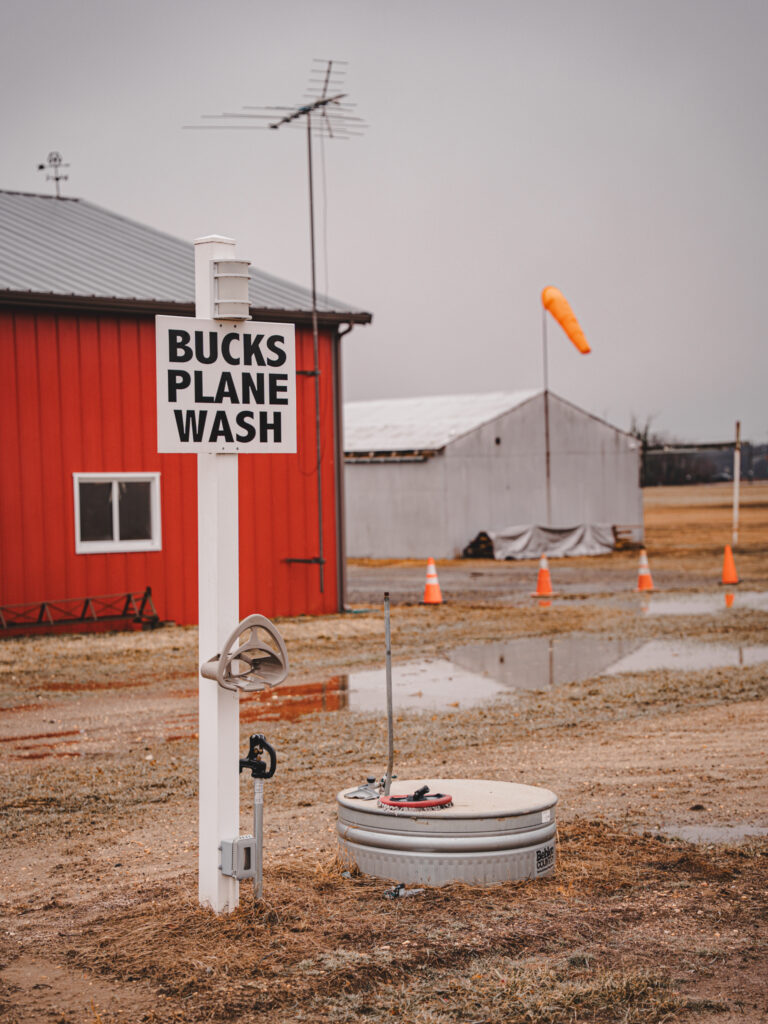Winter Woes on a Grass Runway
As winter grips southern New Jersey, the challenges of operating an airplane at an airport with a grass runway become ever more apparent. I recently captured a photo that encapsulates the struggle of balancing aviation with nature’s unpredictability. Here’s why flying from a grass runway in winter can be tricky.

Unlike paved surfaces, grass can hold onto snow for a long time. In winter, that stubborn layer of snow won’t melt away until the warmer days come along. And while snowplows are great for asphalt, there’s no way to plow a grassy field without damaging the turf. So, snow stays on the runway longer than we’d like, making it a slippery and not-so-inviting landing spot.
Even when the skies are clear, the ground conditions can mess with your flying plans. After a day of snow and thaw, the grass becomes soft and waterlogged. Even though the weather says it’s a perfect day for flying, the soaked earth can make the runway unusable. Meanwhile, you can hear other pilots flying overhead—they’re taking advantage of paved runways that dry out faster than grass—while we’re stuck waiting for drier days.
While modern tech and careful planning can help a bit, dealing with a grass runway in winter is still a challenge for pilots. The lingering snow and waterlogged ground make it a tough environment that tests both people and machines. But each winter brings lessons in patience and the beauty of nature’s resilience. Sometimes, the most memorable moments in aviation come from the struggle against the elements.